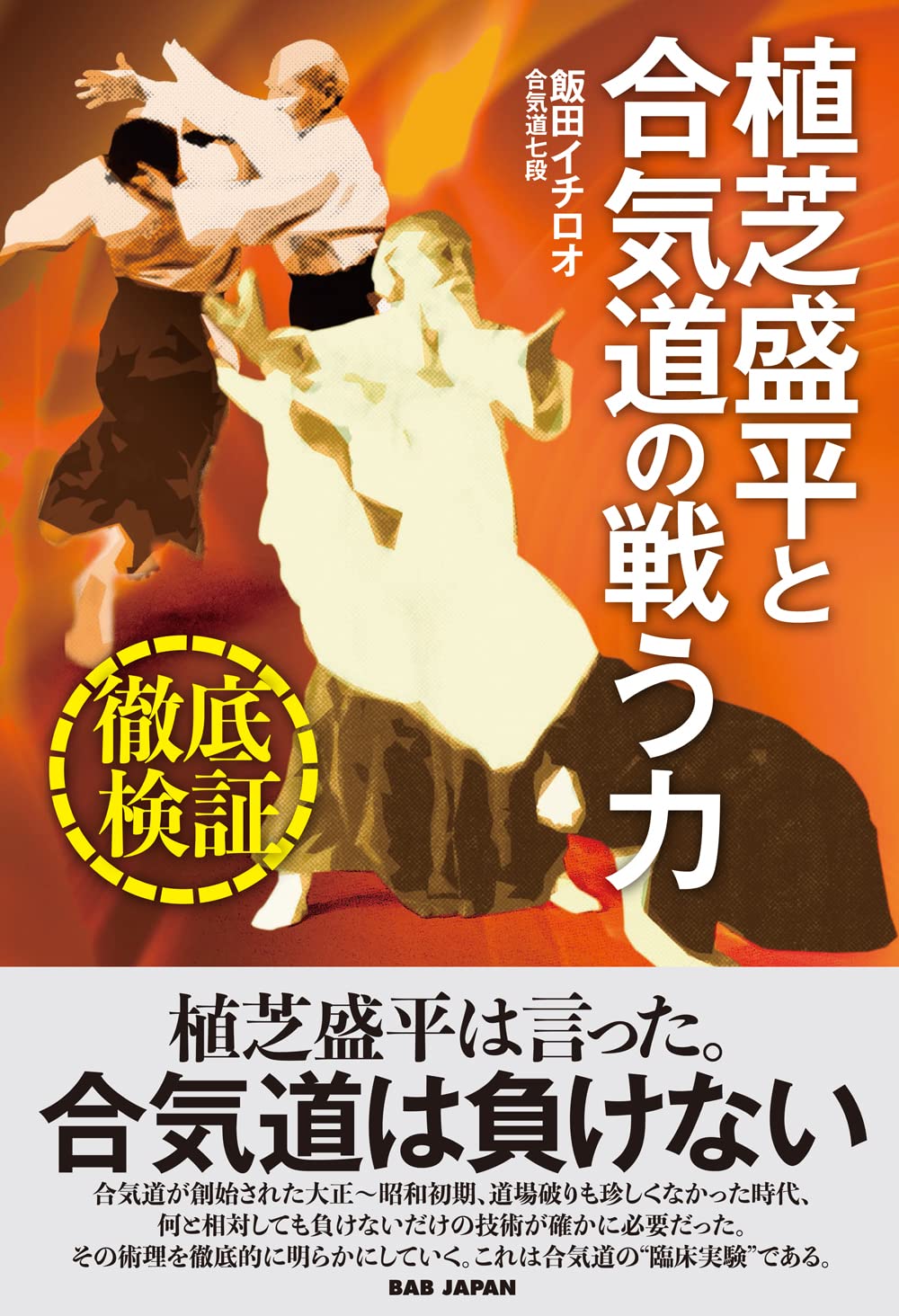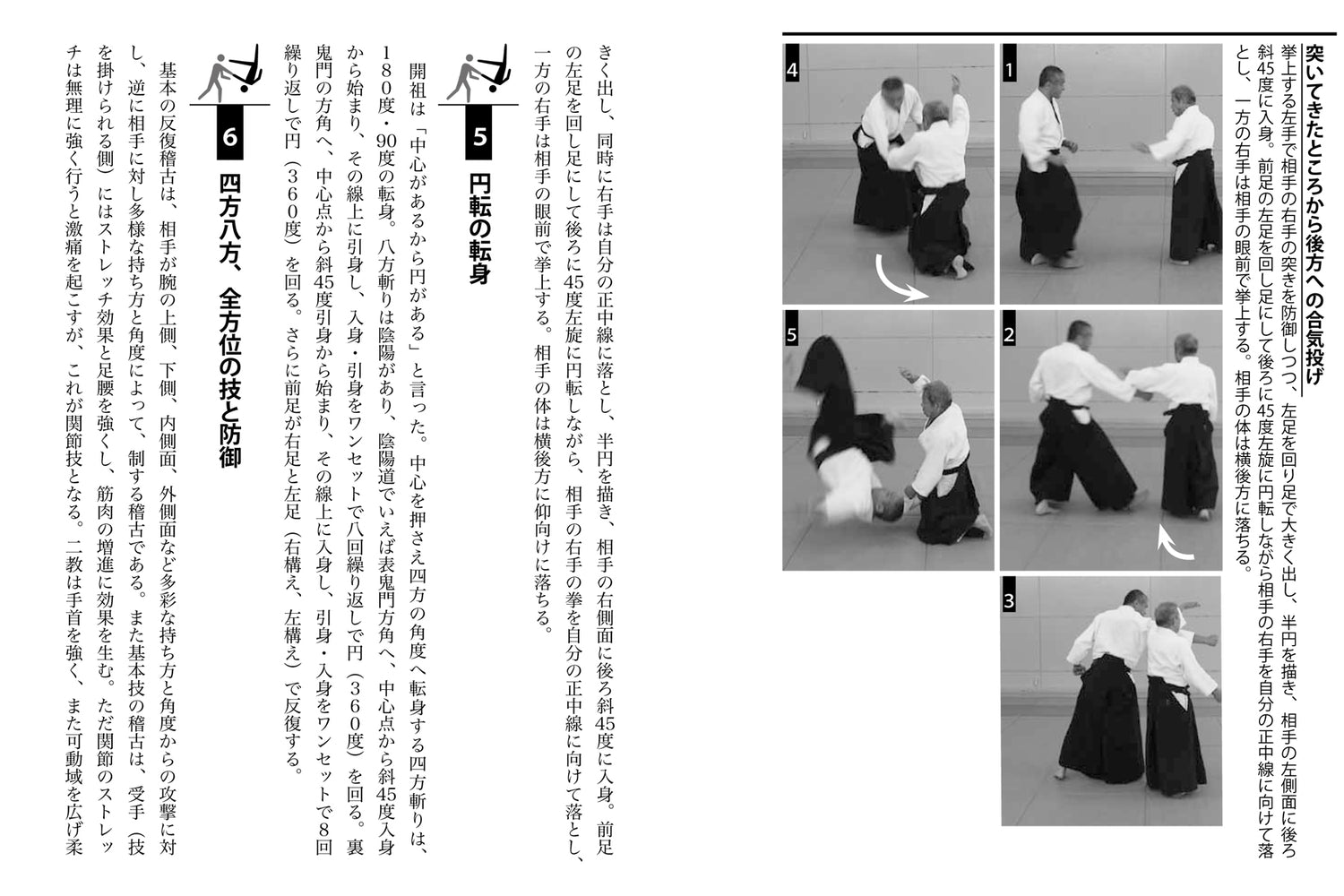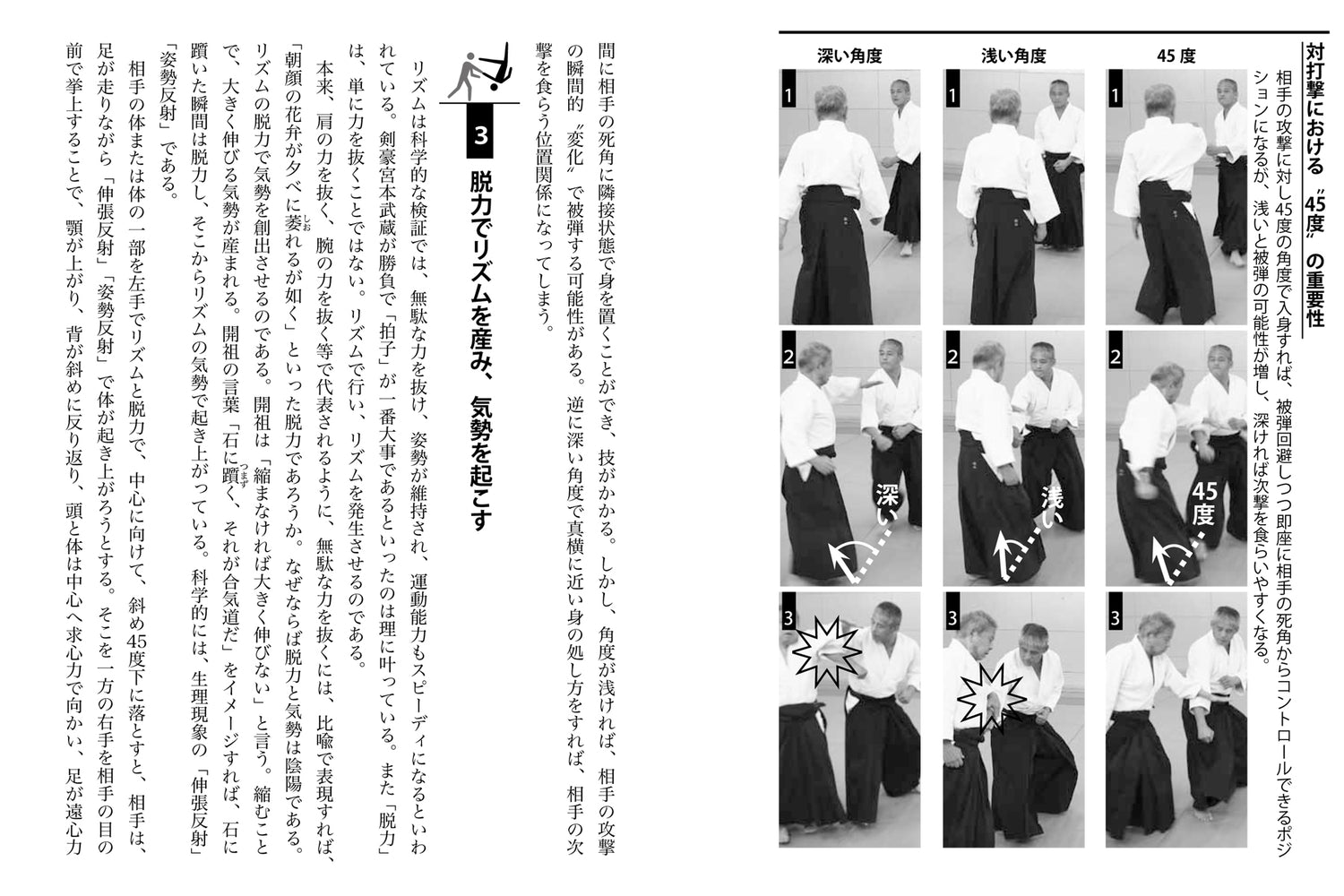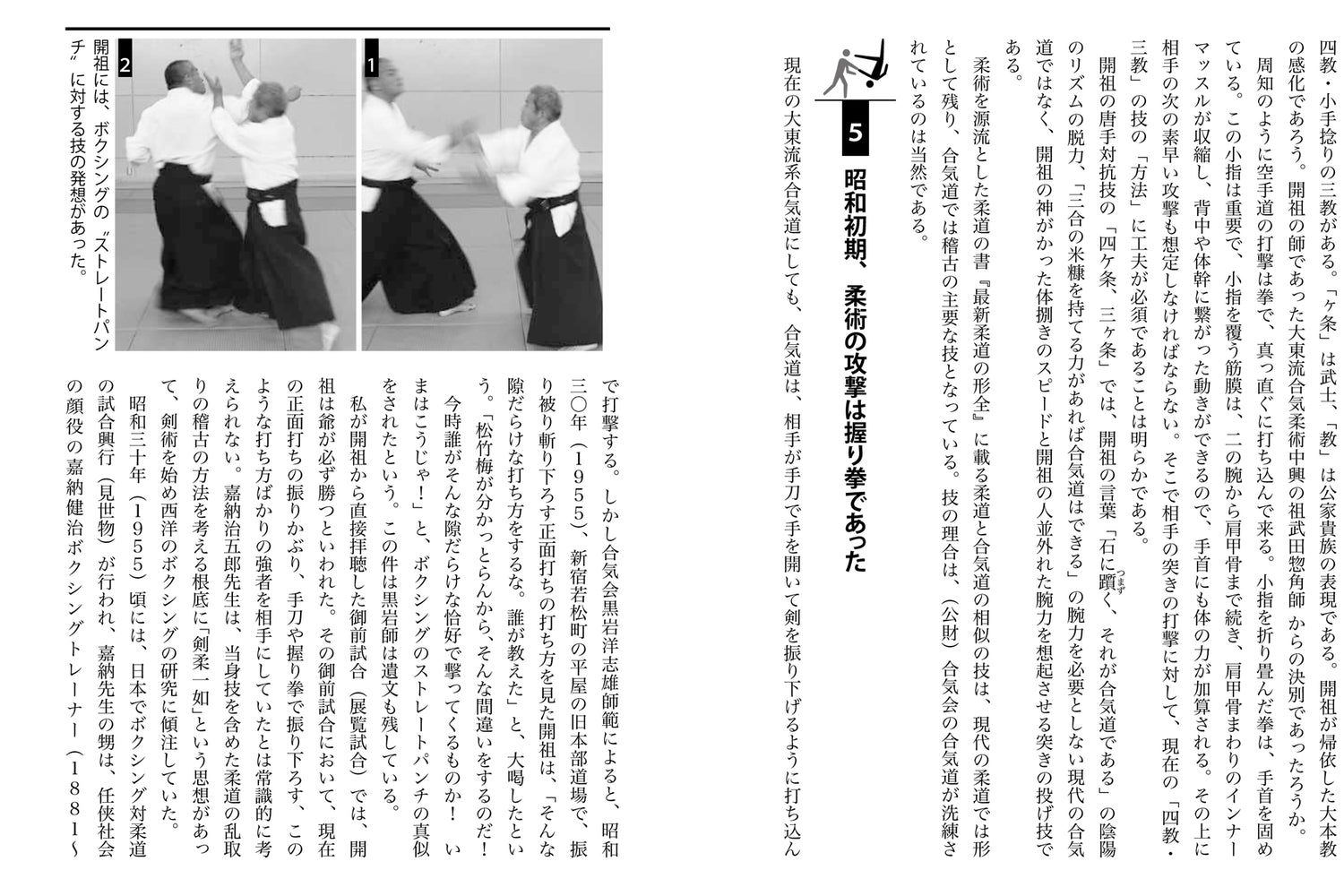A Thorough Investigation! Morihei Ueshiba & the Fighting Power of Aikido Book by Ichiro Iida (Preowned)
これは特別注文品です
これらの商品は、選択した宅配便による発送の準備が整うまでに、ここに到着するまでに約 1 ~ 2 週間かかる場合があります。特注品につきましては、いかなる場合でも返品・交換はお受けできません。これらの商品をショッピングカートに追加する前に、商品の詳細をよくご確認ください。
ご注意ください: 他の商品をご注文の場合は、特別注文商品が入荷次第、お預かりし、特注商品と一緒に発送させていただきます。または、通常の商品をより早く発送するために別々にご注文いただくこともできます。
Morihei Ueshiba once said, "Aikido does not lose."
During the Taisho to early Showa eras when Aikido was founded, dojo challenges were not uncommon. In such times, techniques that ensured victory against any opponent were undoubtedly necessary. This book delves deeply into the principles of such techniques. It serves as a “clinical experiment” for Aikido. “Aikido can even handle a straight punch!” This book unveils the practical principles of combat envisioned by the founder and explores the "reason why Aikido does not lose."
CONTENTS
Chapter 1: Morihei Ueshiba Said, “Aikido Does Not Lose”
- Eyewitness testimony by Yasuhiro Konishi, a karateka of the Showa era and a kendo and judo practitioner.
- The misconception that only old men can do Aikido.
- Studying the offense and defense of karate and Western boxing.
- The founder’s words: “In real combat, strikes are 70%, throws are 30%.”
- In the early Showa period, jujutsu attacks involved fists.
- Aikido counters punches, kicks, and grabs with the same techniques.
- The essence of Aikido lies in body movement, the principle of circular motion, and elliptical techniques.
Chapter 2: The Martial Aspects of Aikido as a Combat Art
- The founder’s teachings on “Matsutakebai” (Pine, Bamboo, Plum) and the sword.
- The ultimate principle of “The plum blooms, the pine settles” in Aikido.
- Generating rhythm and spirit through relaxation.
- Why Aikido doesn’t lose—the principles explained.
- The theory and methods of breaking balance.
- Utilizing the opponent’s reactions to break their balance.
- Applying the principles of “triangular methods” and “circular movement” against punches.
- Rotating at 45 degrees and dropping all techniques along the centerline.
- The founder’s assertion: “With turning and entering, any stance can be broken.”
- Techniques employing triangular methods and circular principles at the archer’s stance.
Chapter 3: Deflecting Attacks with Body and Foot Movements
- Footwork for 45-degree circular motion.
- The immediate application of an opening posture at a right angle to the opponent.
- The founder’s words: “By uniting with the opponent, techniques will emerge continuously.”
- Entering techniques using triangular methods.
- The strengths of the archer’s posture in offense and defense.
Chapter 4: Aikido of Nature and the Flow of Clouds and Rivers
- Following the flow of the opponent’s balance collapse.
- The founder’s principle: “Aikido has no attacks.” What does this mean?
- Aikido does not require strength to throw an opponent.
- Throwing without physical contact by utilizing “emptiness” and “substance.”
- Leveraging physiological phenomena and the structure of the body.
Chapter 5: Entering with One Step Against Strikes
- “When an enemy rushes to strike, step aside and cut immediately” (Doka).
- The body movements of Aikido under the blade’s edge.
- Entering against striking attacks.
- The essence of leading the opponent before they act.
Chapter 6: The Structure and System of Aikido, Modeled on the Universe and Nature
- Floods symbolize the opponent’s force; the soil embankments symbolize “connection,” “harmony,” and “guidance.”
- Based on the movements of the two kami of Yin and Yang.
- The founder’s words: “Hands and feet are the same.”
- Techniques for throwing opponents by grabs or strikes using Aiki principles.
- Rotational body movements in all directions.
Chapter 7: Words from the Founder on the Essence of Aikido Techniques
- Three essential sayings from the founder.
- Applying the “Open Plum, Settled Pine” technique to rear attacks.
- Integrating sword principles into Aikido techniques.
About the Author:
Ichiro Iida
Born in Yokohama in 1945. Joined the Aikido Headquarters Dojo in 1963. Graduated from Nihon University’s Faculty of Arts, Department of Broadcasting. Currently holds the rank of 7th dan in Aikido and leads the Seijo Aikido Club. He is also active as a historical researcher.
Language: Japanese
Length: 224 pages
Publication date: 2022
受け取り可能状況を読み込めませんでした





